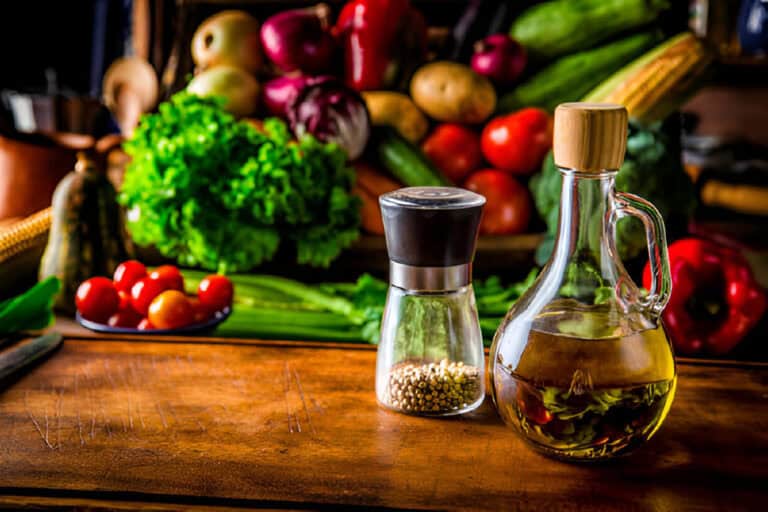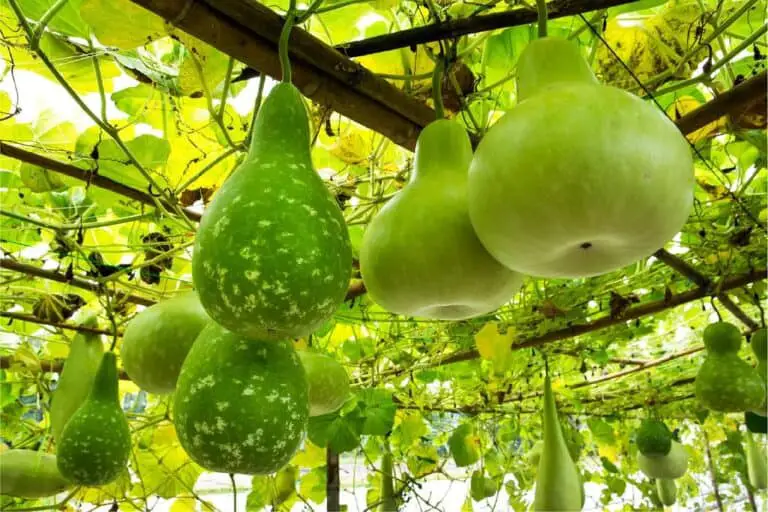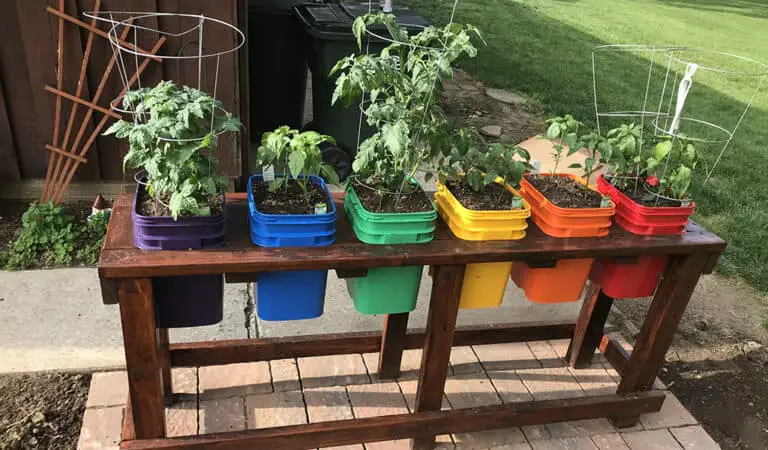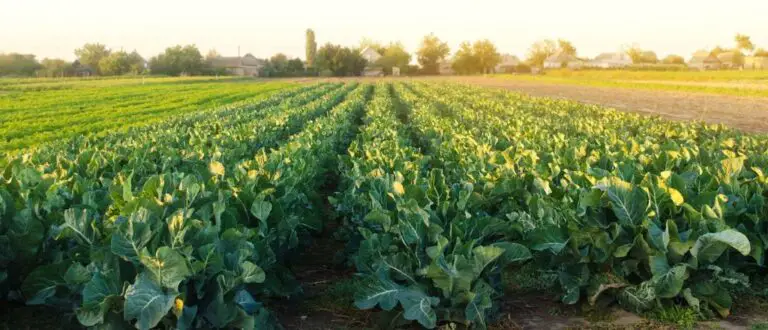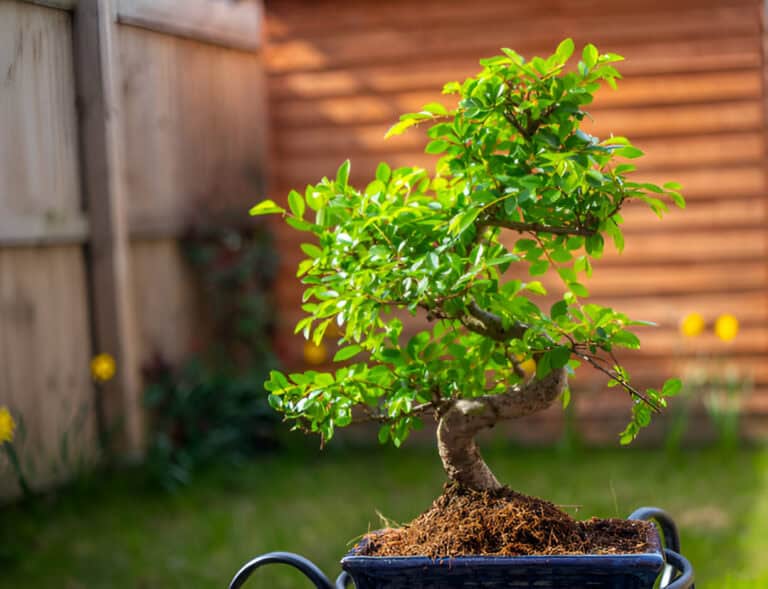Growing Japanese Maples for Profit: A Guide for Growers

When I first dipped my toes into lavender farming, I was captivated by the dreamy scent and endless fields of purple blossoms. It’s easy to think that all lavender varieties are the same, but I quickly learned that not all lavender is created equal. If you’re considering starting a lavender farm, the first decision you need to make is how you want to use your lavender.
Each variety has distinct qualities that make it suited for certain purposes and less ideal for others. For example, a lavender that’s perfect for culinary use won’t give you the best results for oil production.
Overview of Japanese Maples as a Profitable Venture
Japanese maples (Acer palmatum), with their enchanting foliage and elegant forms, have long captivated gardeners and landscape designers alike. These trees aren’t just admired for their beauty—they also represent a lucrative opportunity for those in the horticulture business. Whether you’re contemplating starting a nursery or simply exploring a new venture, Japanese maples offer a profitable path thanks to their high demand and variety.
Understanding the growth process of Japanese maples is crucial for success. These trees come in a caleidoscope of colors and shapes, and each variety has specific needs and characteristics. By mastering the nuances of their growth, from soil conditions to sunlight requirements, you can ensure your maples thrive and reach their full potential.
This knowledge not only helps in cultivating healthy trees but also maximizes your profit margins by meeting customer expectations with high-quality specimens.
How to Get Profit from Growing Japanese Maples
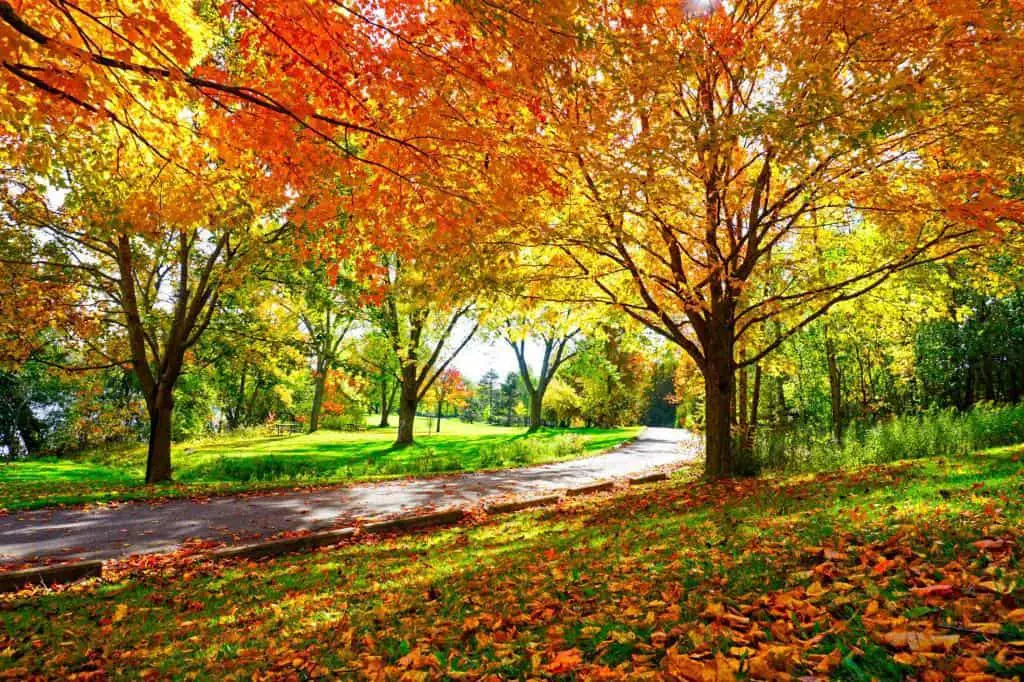
With the right strategy, lavender farming can be both enjoyable and profitable. Let me walk you through three tried-and-true methods of turning lavender into a money-making crop, and I’ll even share the top varieties to consider for each approach.
1. Selling Live Lavender Plants
One of the easiest and most lucrative ways to earn money with lavender is by selling live plants. If you’ve ever had a thriving lavender plant in your garden, you know how mesmerizing they are, and homeowners and landscapers are often eager to plant lavender hedges or fill beds with this fragrant beauty.
Selling lavender plants directly to homeowners, garden centers, or landscapers can bring in solid profits, especially since these buyers often purchase several plants at a time.
The magic of lavender farming really comes into play when you realize how simple it is to propagate these plants. Established lavender plants can produce hundreds of stems every year, each of which can be rooted to create new plants. It’s like growing money out of thin air!
Once those little plants are thriving in pots, you can sell them at garden markets or even online. Typically, growers sell lavender in 4-inch pots for around $5 each, but many customers are willing to pay more for larger plants in 6-inch pots.
Top Variety for Landscaping: Munstead Lavender
If you’re selling lavender for landscaping, you can’t go wrong with Munstead—a popular variety of English lavender. It has lilac-colored flowers, a compact growth habit, and a strong, heady fragrance. Munstead is excellent for creating aromatic hedges and is perfect for making sachets because of its robust scent. People adore this variety for its versatility and durability in various climates.
| Munstead Lavender | Key Features |
| Uses | Landscaping, sachets, hedges |
| Flower Color | Lilac |
| Growth Habit | Compact, fragrant |
| Popular Because | Versatile and easy to grow in gardens |
2. Producing Lavender Essential Oil
Lavender oil has a seemingly magical ability to calm the mind and soothe the soul. It’s also an incredibly versatile product, used in everything from aromatherapy to skincare. If you’ve ever dabbled with lavender oil, you’ll know how just a few drops can transform a room into a spa-like oasis.
Growing lavender for essential oil production takes things to a whole new level because it requires a variety of lavender that produces abundant flowers with high oil content.
Top Variety for Essential Oil: Grosso Lavender
Enter Grosso, a powerhouse lavender variety in the world of essential oil production. Grosso belongs to the Lavandin family (Lavandula x intermedia), a hybrid of English lavender (Lavandula angustifolia) and spike lavender (Lavandula latifolia).
This variety is a true workhorse, producing up to five times more oil than English lavender. With its impressive three-foot domed shape and deep purple flowers, Grosso dominates lavender fields worldwide. It thrives in large-scale oil production and delivers a bountiful harvest year after year.
| Grosso Lavender | Key Features |
| Uses | Essential oil production |
| Flower Color | Deep purple |
| Oil Yield | High – up to 5x more than other types |
| Growth Habit | Large, dome-shaped |
Lavender oil extraction requires distillation, but once you’ve mastered the process, you’ll have a product that can be sold to perfume manufacturers, soap makers, and even for aromatherapy products. There’s nothing like opening a bottle of lavender oil you’ve made yourself and getting that first whiff of pure lavender essence.
3. Growing Culinary Lavender
Now, let’s talk about culinary lavender. Yes, lavender is more than just a pretty face and a calming scent—some varieties are edible and can add a floral, slightly sweet flavor to your favorite dishes.
The culinary market for lavender has been growing steadily, with people using it in everything from teas to baked goods. And, let me tell you, there’s something special about the idea of growing lavender that people will be cooking with. It turns the lavender-growing experience into something even more personal and meaningful.
Top Variety for Culinary Use: Buena Vista Lavender
If you want to get into growing lavender for culinary purposes, you should definitely check out Buena Vista. This variety of English lavender produces continuous blooms and has a strong fragrance that makes it ideal for the kitchen garden.
You’ll often see it at farmers’ markets, where it sells like hotcakes to customers who want a lavender plant right next to their herb garden. Buena Vista grows well in pots, too, which makes it even more appealing for those who don’t have a lot of garden space.
| Buena Vista Lavender | Key Features |
| Uses | Culinary – teas, baked goods |
| Flower Color | Purple |
| Fragrance | Strong, perfect for cooking |
| Growth Habit | Continuous blooming |
Creating a Successful Lavender Farm
So, how do you bring all these lavender possibilities together into a thriving business? I’ve learned that success in lavender farming comes down to a few essential strategies:
- Know your market – Are you selling to homeowners, essential oil producers, or food enthusiasts? Each market has different needs.
- Choose the right varieties – As you’ve seen, the variety of lavender you grow will dictate how you can use it.
- Invest in proper tools – Whether you’re distilling oil or potting plants for sale, make sure you have the right equipment.
- Start small and scale – You don’t need to plant acres of lavender right away. Start with a manageable amount, learn the ropes, and expand as demand grows.
Lavender farming isn’t just about growing flowers—it’s about creating experiences, products, and connections with people who love lavender as much as you do. Whether you’re selling beautiful lavender plants for someone’s garden or bottling soothing lavender oil, this business can be rewarding on so many levels. So, get out there, roll up your sleeves, and let lavender be your ticket to a profitable and fulfilling farming adventure!
| Read: Reviving Your Maple Tree: A Step-by-Step Guide |
Understanding Soil Requirements for Growing Japanese Maples
Understanding soil requirements is crucial for growing healthy Japanese maples and maximizing your profit potential. The right soil composition directly influences the growth and health of these beautiful trees. Japanese maples thrive in well-draining soil that’s rich in organic matter. If your soil is heavy clay or overly sandy, you might need to amend it to improve its texture and fertility.
To enhance soil fertility, consider adding organic matter such as compost or well-rotted manure. These amendments not only improve soil structure but also provide essential nutrients that Japanese maples need to flourish. Regularly testing your soil can help you understand its nutrient levels and pH. Ideally, Japanese maples prefer slightly acidic to neutral soil with a pH range of 5.5 to 7.0.
Testing your soil’s pH is straightforward and can be done with a simple home kit or by sending a sample to a local extension service. If the pH is too high, you can lower it by adding sulfur or acidic fertilizers.
Conversely, if the soil is too acidic, lime can help raise the pH. By understanding and adjusting your soil’s composition and pH, you’ll set the stage for thriving Japanese maples and a successful nursery.
Optimal Growing Conditions
Japanese maples thrive in environments that mimic their natural woodland habitats. These stunning trees flourish under filtered sunlight or dappled shade, making them perfect for garden spots that receive morning sun and afternoon shade. For optimal growth, aim for a location where they get around four to six hours of indirect light daily.
Most varieties are hardy in zones 5 to 9, so be sure your regional climate falls into this range. This setup helps the trees maintain their vibrant leaf colors and prevents the foliage from burning out in harsh midday sun.
Temperature control is crucial, as Japanese maples prefer a moderate climate. They generally do well in temperatures ranging from 20°F to 80°F. In regions where temperatures can swing wildly, consider using shadecloths or greenhouses to shield your maples from extreme weather.
Many varieties require partial shade for protection from the hot summer sun. During summer heatwaves, a shade cloth can provide the necessary relief, while in colder climates, a greenhouse can protect the trees from harsh winter conditions.
Watering practices for Japanese maples require a balanced approach. Keep the soil consistently moist but not soggy. Overwatering can lead to root rot, so ensure the soil has good drainage.
A layer of mulch can help retain moisture and regulate soil temperature. Regularly check the soil’s moisture level by sticking your finger about an inch into the soil—if it feels dry, it’s time to water.
New growers must be patient, as it can take several years to grow out the larger specimen trees that bring high prices. For more immediate income, grow the common varieties from seed or seedling in one-gallon pots, which can be sold in a year or so.

